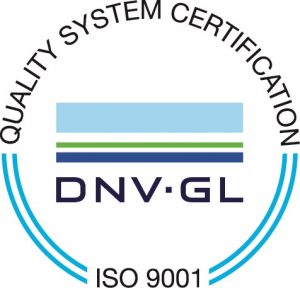A very high percentage of failed engineering components is attributed to fatigue of the welded steel, which is a bigger concern with mobile equipment than stationary, since the former is prone to unexpected loads and forces that could lead to a high chance of fatigue failure.
FATIGUE
This is a known physical concept which happens as a material is subjected to a cycle of removal and reapplication of a load of insufficient magnitude repeatedly on a single application. This load, when exceeding a certain threshold, causes microscopic cracks to be created on the steel which lead to its structural failure as these cracks eventually increase in size and propagate.
Steel, like all materials, have a fatigue life, which is affected by many factors including lack of fusion, shape and lack of penetration. Metal fabricators and engineers understand the importance of the design phase to improve the fatigue life of welded steel, since any design flaw makes the material more prone to crack formation.
FATIGUE LIFE
This indicates how many cycles the welded steel can withstand without failing and helps metal fabricators, when dealing with steel, to know what magnitude and stress the material can be subjected to, in order to put the steel under this threshold so it can perform optimally regardless of the number of stress cycles.
TYPES OF FAILURES
There are two types of failures: static failure and fatigue failure.
Static: this begins with an obvious plastic deformation that is detectable in early stages and easier to repair.
Fatigue: unlike static is not easy to detect, as it starts with microscopic cracks, and it becomes detectable only when structural failure occurs.
FATIGUE IN WELDED STEEL
Our metal engineers have spent years to learn about the fatigue failure in welded steel, and we have put many resources to implement the best techniques and technology to avoid any structural failures in our custom metal projects that we manufacture in-house.
Our welding experts know the importance of the various welding techniques to improve the fatigue life of steel as well as avoiding its failure, these techniques include the weld toe grinding technique, weld toe re-melting technique, penning, stress relief and others.
Our innovative technology and expert welders are ready to help you with your next metal fabrication project, contact the team at Ogis Engineering today.


